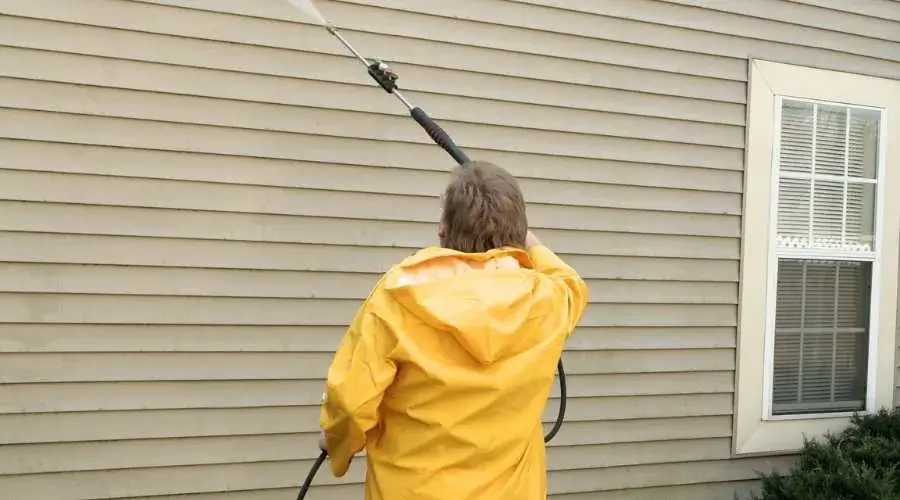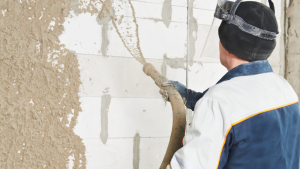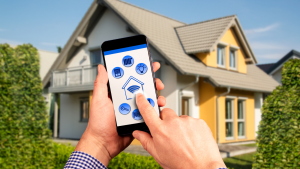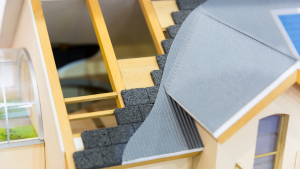When buying a house, the location is vital. Designs and the siding used on them vary greatly as well. Vinyl, wood, Hardie board, and stucco are all common choices, but deciding which would work best for you might be trickier than most people realize.
The siding of the home is quite important, both for security and comfort. Furthermore, a lot depends on the material you choose. Therefore, you must consider how much your options carefully when deciding between Hardie Siding and stucco. Although it is more complicated to determine, you might consider stucco or Hardie siding. It depends on various variables, including your budget, geographic location, and much more.
The difference between stucco siding and Hardie siding for your house will be the main topic of this blog.
WHAT IS STUCCO?
The common question is, “What is stucco? ” Stucco, on the other hand, is a mixture of sand, concrete, lime, and water often placed in coatings over significant craftsmanship. Stucco costs little since the components are so inexpensive, but the application is often best left to professionals. The layering technique may make things more expensive overall.
Stucco also provides good weather resistance against snow and rain, even though it may eventually become psychologically destabilizing. Additionally, it could be more energy-efficient; for example, the R-value of bare stucco is just around 0.20. But like most options, it usually functions well with added security and stucco contractors in East Brunswick, NJ. If you’re curious, a professional can provide you with the greatest stucco option. Stucco siding
emphasizes versatility as a key feature. The content may be grouped in patterns and whirls, and other tones can be included. Given that it was mostly advertised in the 1980s and might seem out of style, some customers may think it is disliked.
You may find a range of possibilities online by searching for “who does stucco work near me” if you want quality installation.
WHAT IS HARDIE BOARD?
Fiber concrete sheets, or Hardie boards, were developed from fiber concrete materials in the 1980s.
Fiber concrete contains 8 to 10% wood fiber together with either fly ash or silica sand for added strength and the ability to dry quickly, something like artificial stucco. Hardie board takes minimal maintenance and lasts for a very long period.
It is available in many forms that are used for exterior siding, including:
- Lap siding
- Long sheets
- Vertical board and secure
- Shingles
Bugs, such as termites, dislike it and can’t damage it, and the Hardie board is water-safe, giving it a distinctive hard-to-coordinate quality. When comparing the price of a hardie board to that of stucco, it is considerably easier to defend the purchase.
WHICH IS BETTER: HARDIE BOARD VS. STUCCO?
As trustworthy and durable as residential stucco, Hardie board is also. It can adapt to moist settings and does well with temperature variations. The Hardie siding materials may be customized with various surfaces that mimic stucco, wood, or block using molds.
The ability to paint or repaint fiber concrete using acid paint to clean it up or vary the variety is another fantastic feature of this material.
While Hardie board offers the same durability and dependability as stucco, the latter is more vulnerable to damage from insects and moisture.
When buying a house, the location is vital—deciding between stucco and Hardie Board. Stucco endures well in dry climates, but extreme stickiness or precipitation may cause an outside stucco wall to crack. Stucco materials need more maintenance than Hardie board systems, and painting stucco involves surface preparedness that may be extensive.
Both stucco and Hardie load-up have fire-resistant qualities that could stop a fire from spreading and from the outside in by over 60 minutes, allowing the tenants enough time to escape.




